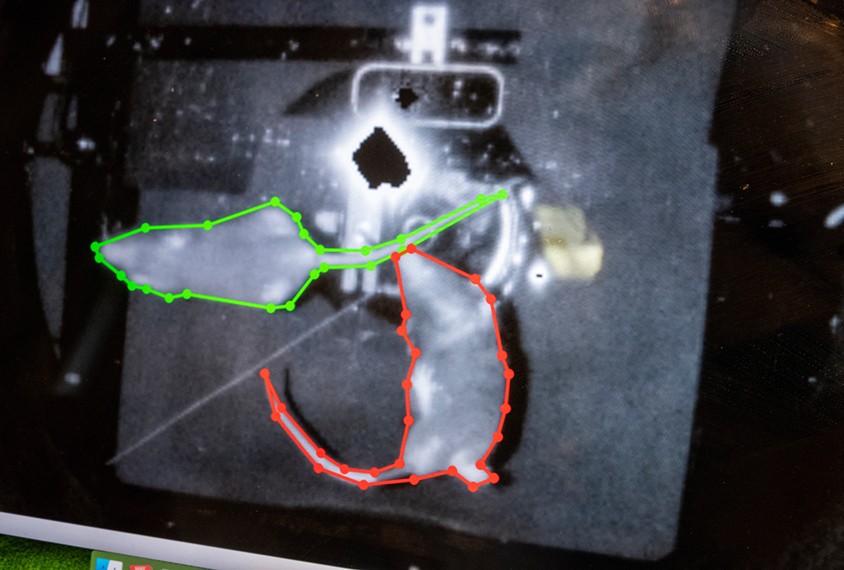Innate behaviors, also known as instinctive behaviors, are actions that animals perform without any prior learning or experience. These behaviors are genetically pre-programmed and are essential for survival and reproduction. This article delves into the fascinating world of innate behaviors, exploring their characteristics, significance, and providing compelling examples in various animal species.
Understanding Innate Behaviors: Pre-Programmed for Survival
Imagine a spider spinning a perfect web without ever being taught or a newborn sea turtle instinctively heading towards the ocean. These remarkable actions are driven by innate behaviors, ingrained within their genetic makeup. Unlike learned behaviors, which are acquired through observation and experience, innate behaviors are fully functional from the moment an animal is born or hatches. They are crucial for immediate responses to environmental stimuli, ensuring the animal’s survival in a complex world.
Automatic Actions: Innate behaviors, such as a spider spinning a web, are performed without prior learning.
Key Characteristics of Innate Behaviors
Innate behaviors exhibit several distinct characteristics:
- Genetically Determined: These behaviors are encoded in an animal’s DNA and passed down from generation to generation.
- Fixed Action Patterns: Innate behaviors often follow a specific sequence of actions, triggered by a particular stimulus, known as a releaser. Once initiated, these sequences are carried out to completion, even if the stimulus is removed.
- Species-Specific: Innate behaviors are often unique to a particular species, reflecting adaptations to their specific environments and ecological niches.
- Stereotyped: The actions within an innate behavior are performed in a highly predictable and consistent manner across individuals of the same species.
- Present at Birth: These behaviors are fully functional from the outset, requiring no prior learning or practice.
Consistency Across Species: Innate behaviors ensure consistent responses to specific stimuli within a species.
The Evolutionary Significance of Innate Behaviors
Innate behaviors play a vital role in an animal’s ability to survive and reproduce:
- Immediate Survival: They enable quick reactions to danger, such as fleeing from predators or finding food.
- Reproductive Success: Innate behaviors govern courtship rituals, mating behaviors, and parental care, ensuring the continuation of the species.
- Adaptation to Environment: These behaviors are shaped by natural selection, reflecting adaptations to specific environmental challenges.
Instinctive Responses: Innate behaviors allow animals to react quickly to environmental cues.
Examples of Innate Behaviors in the Animal Kingdom
The animal kingdom abounds with fascinating examples of innate behaviors:
- Migration: Birds instinctively embark on long journeys to specific breeding grounds, guided by internal compasses and celestial cues.
- Hibernation: Bears enter a state of dormancy during winter, driven by hormonal changes and environmental cues, conserving energy during periods of food scarcity.
- Web Spinning: Spiders meticulously construct intricate webs, following a genetically determined pattern, to trap prey.
- Suckling: Newborn mammals instinctively seek out their mother’s nipple and begin suckling for nourishment.
Complex Interactions: Even complex social behaviors, like mating rituals, can be innate.
Conclusion: The Foundation of Animal Behavior
Innate behaviors provide the foundation upon which more complex learned behaviors are built. They represent a powerful evolutionary legacy, enabling animals to navigate their world, survive, and perpetuate their species. These pre-programmed actions are a testament to the intricate interplay between genes and environment in shaping animal behavior.

